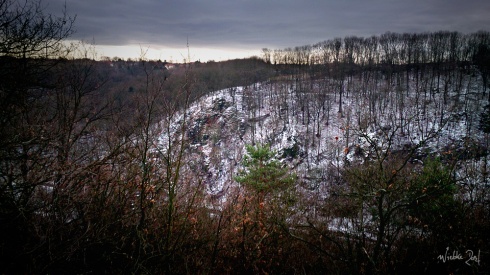
Original “Harvest Seal”, 2011
I am writing this due to recent events. I thought this was yesterday’s news, but apparently it isn’t. So once again:
The above design is my work.
It has been spreading on the internet, which is great.
What is not so great is, that it continues to be mistaken for being in the “public domain” (it isn’t). E.g. it has happened repeatedly that people used it for promoting their events, printed it on t-shirts and other types of merchandise, without knowing that the original design was by me and without awareness of the original context and purpose for which I designed it.
To shed some light (and hopefully to prevent future abuse and misuse), I explain here the concept behind the image and why it would be not particularly smart to employ it out of context.
I created the sigil in 2011 with ink and initially titled it “reaping seal”. I designed it for myself, as I was looking for a suitable sigil to burn on my altar table. It is pyrographed in the center, along with other esoteric glyphs and illustrative elements (the usual “satanic” suspects, serpents, pentagram etc.). Here are some photos of the table with different powerful herbs placed on it (some harvested by myself, others sent to me by fellow practitioners):

Aconite Harvest, 2012

Cornel and Thorn Harvest, 2012

Belladonna Harvest, 2011
My other sigil designs are inspired by my study of and practical work with traditional “witch herbs”. But before that I had been illustrating occult books, where my job was mainly to execute other’s ideas and visions. I literally “inked” hundreds of sigils from another author and this way became familiar with current specific symbolism and its peculiarities. I understood that in order to develop artistically I would have to come up with my own designs, also in my personal ritual work, rather than replicate another’s. This posed a challenge since the illustration job had inevitably left a trace on me and I was stuck in its forms.
The then so-called “reaping seal” serves as an example for a transition period, both in my art as well as ritual work.
The design plays with harvest symbolism, with sickles and quarters (connected to the four seasons, the four elements and returning cycles). It carries obvious references to the aforementioned occult forms employed within said books. (I do not name the book titles here, not because I do not want to give credit, but because the magi of said current do not like to see official links made between real names and their esoteric teachings, which is a rule I generally respect, but which was also the reason why I had to start creating my own designs if I wanted to get more jobs as an artist).
It should be clear now why (due to the aforementioned influence) it would not be smart to use the seal out of context. I uploaded the digital image to my Pinterest account years ago (I do not remember when exactly I pinned it there and Pinterest does not provide such information). I also uploaded (and later deleted) the image to my occult art page on Facebook, as well as a photo of the pyrographed altar table. I changed the title to “harvest seal”, which does not sound as grim.
I always note in the comments that I am the creator of the work and do not wish for my work to be used without permission. Most of the time people respect this wish. But apparently sharing a work on online platforms such as Pinterest means that some people consider it free to use as they please: from changing or deleting the original artist comment, to downloading and re-uploading, this way erasing all traces of the original source. Low resolutions seem to be no obstacle either these days, because there is software capable of vectorizing the smallest images. Due to this (and because the sigil seems to be really popular with esoteric online folks) it has sadly become one of my most stolen artworks. From witches printing it on their products to bands using it on their merchandise or for advertising events – it has happened and continues to happen. Once some band even claimed old illustration work of mine as their “graphic designer’s own creation”. But even individuals that bother doing a check-up and search the original artist behind artwork they find online and would like to use, end up being fooled. The question is not so much, who is to blame, but what to do about it.
No longer uploading my work online cannot be the way. Marking all works with bold ugly watermarks cannot be the way either (especially if the work is already a mark of sorts on its own). Putting a lawyer in charge – sorry, but I don’t make that much money. Contacting google – I have been told this would be the most efficient way, alas I may need help there by someone, who has already been through the process and could guide my step by step.
I am hence thankful that my followers are keeping an eye out and bring art theft to my attention. I am also thankful for everyone that reacts positive and respects my copyright. As it happens to be, once the connection is made, I sometimes end up with new illustration jobs. An example is the altered “harvest seal” I created specifically for the “Samhain Celebration” in Gotha:

“Samhain Celebration” merch bundle, Nov. 2016
With my consent and being compensated, the organizer was welcome to use the design on all merchandise sold on that evening and it was also painted on the backdrop used only on that night:
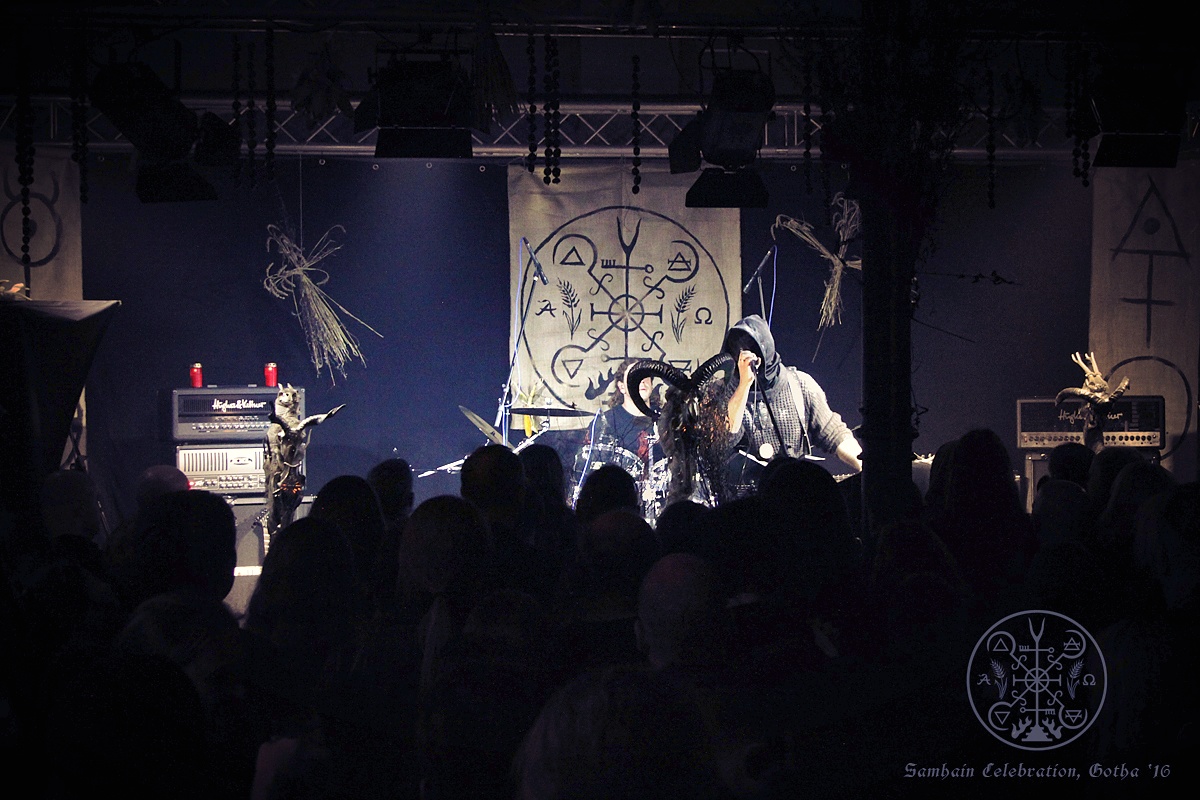
“Samhain Celebration” Gotha, 2016
Earlier, I made my own set up with the seal, employing it in the blessing of my seed boxes before they were shipped to customers:

Harvest Blessing, 2016
In this ritual I constructed the seal with dried plant parts strewn on soil – a meditative and joyful work. I used vervain (Eisenkraut) for the sickle blades and fennel stalks for the sickle handles. The center circle is strewn with aromatic fennel seed. The symbols for the four elements are made out of corresponding herbs: fire – wormwood (Wermut), water – belladonna (Tollkirsche), earth – mugwort (Beifuß) and air – bittersweet nightshade (Bittersüßer Nachtschatten). The forked stang in the center is a dried thorn-apple stem. The triangle at the base (representing the “fifth” element – spirit) is made from dried thorn-apple leaves and seeds. The wooden boxes placed inside the four sickle blades are my “seed boxes”, which are pyrographed by hand and filled with seeds from different witch herbs – many of which are gathered by myself and then filled into little bags to be contained in these boxes, which are then shipped to fellow practitioners for sowing in their own witch garden.
To quote much admired fellow artist, Harold Roth, I am “working my butt off” on these boxes. And in the same way I am putting a lot of thought and work into all other art I do, and of course I wish to share this work with the whole wide world.
So all I can hope for is, that awareness will grow and that more people know about me and my work, respect it and not trying to take advantage.
Tags: art theft, concepts, conceptual, copyrights, harvest seal, harvest symbolism, illustration, original art, reaping seal, respect the artist, seal, seals, sigil, sigil art, Sigilla Magica, sigils








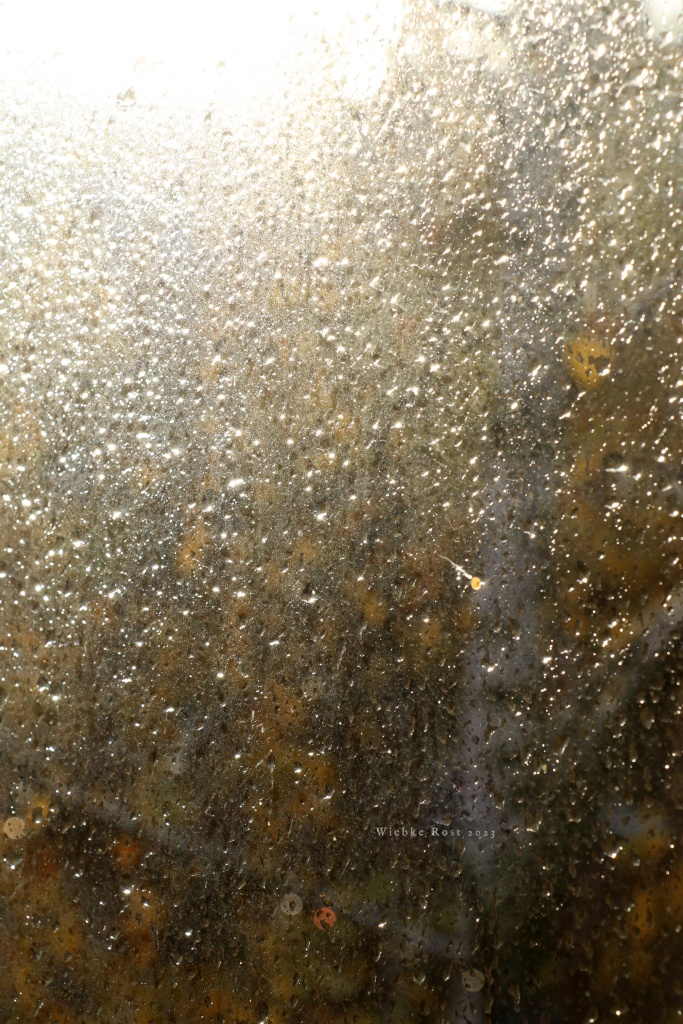


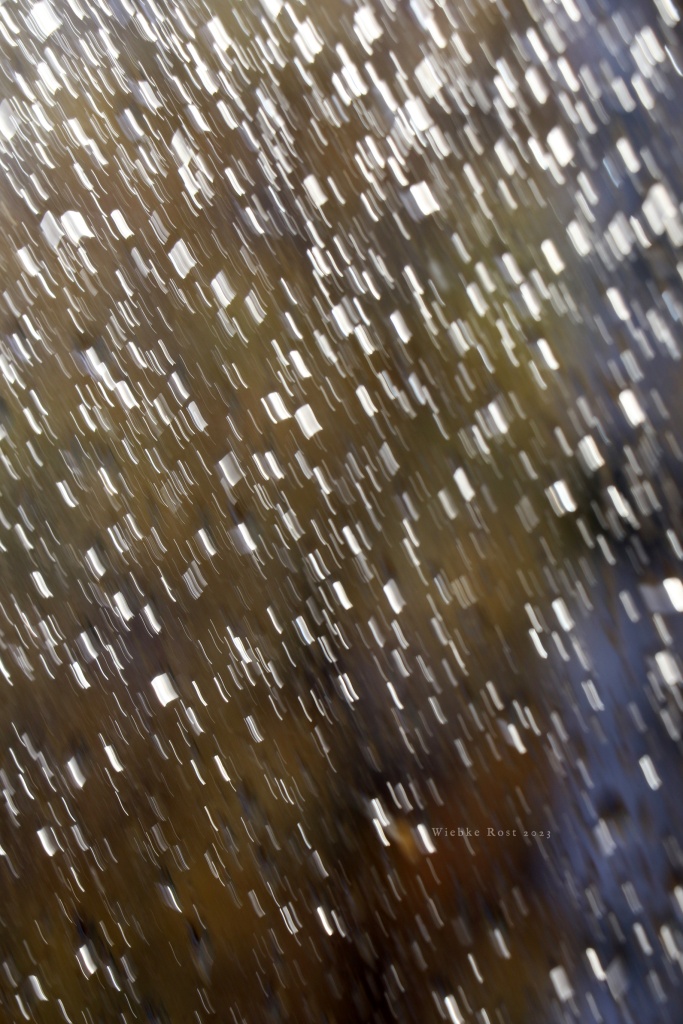



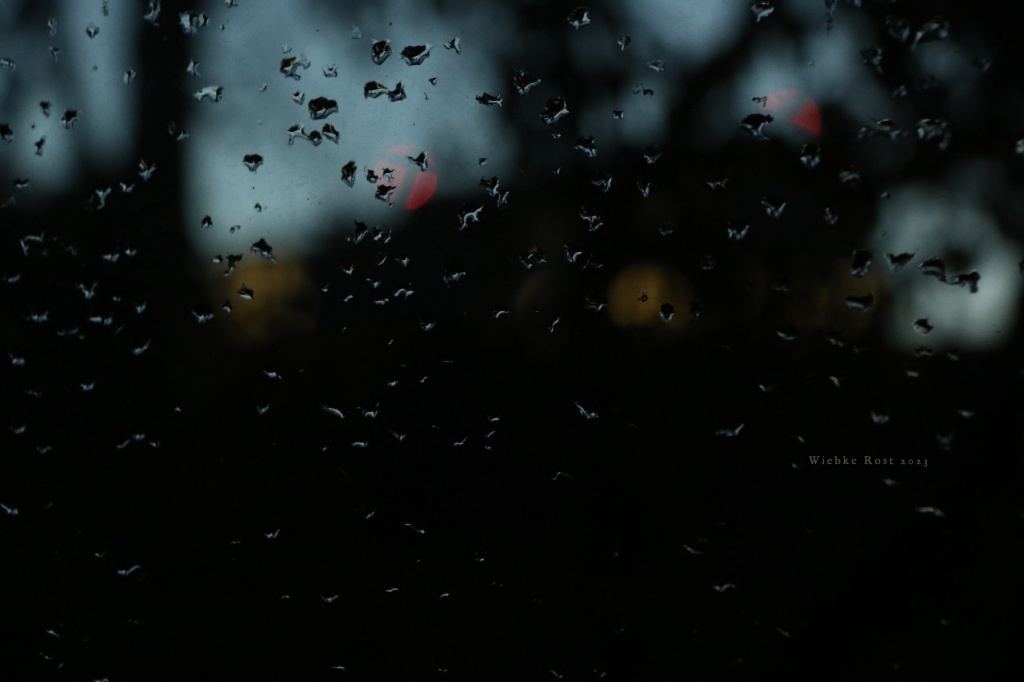























 “End of Summer”
“End of Summer”










